
Ethics in the Workplace: Why is it Important?
What does “doing the right thing” mean in the business context? How can businesses commit to doing the right thing across all their operations and drive sustainable growth?

This July marks the 33rd anniversary of the Americans with Disabilities Act (ADA), a groundbreaking legislation that transformed how America perceives and treats people with disabilities.
Preceded by a decades-long fight for equal opportunities, the ADA paved the way for anti-discriminatory legislation and the promotion of disability rights.
Although we’re on the right path of progress, people with disabilities remain underrepresented in the workplace. According to the Department of Labor, as of May 2023, the unemployment rate of workers with a disability is 8.3%, against 3.2% for those without one.
Clearly, ableism still finds its way into the workplace, obstructing law compliance and supporting discriminatory behavior.
To this day, it creates unequal employment opportunities and prevents appropriate accommodation for people with disabilities.
How and why companies should tackle this issue is the topic of discussion for this article, in which we delve into disability rights and resources and explore the importance of raising awareness in the workplace.
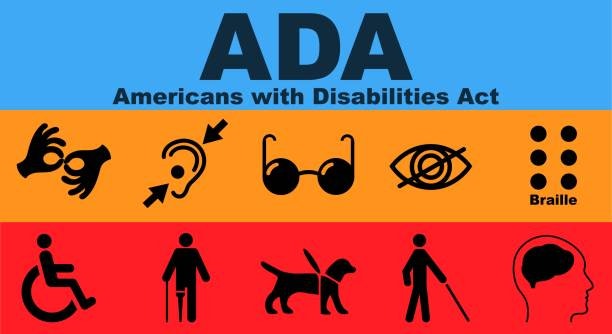
In 1964 the U.S. Congress passed the Civil Rights Act, the first comprehensive civil rights bill prohibiting discrimination based on race, color, sex, and national origin. The Act set legal grounds against employment discrimination, including hiring, promoting, and firing.
However, it didn’t include people with disabilities.
Attempts to amend the Civil Rights Act to include protection over this large and diverse group eventually shifted towards a stand-alone statute, resulting in the ADA that came into law on July 26, 1990.
For over two decades, the movement for equality and the ongoing societal transformation overlooked individuals with disabilities. They remained systematically marginalized in the workplace until the 90s, limiting professional growth and development opportunities.
Fortunately, the passage of the ADA, subsequent disability-specific legislation, and organizations such as the U.S. Equal Employment Opportunity Commission (EEOC) have significantly contributed to shifting the narrative toward inclusion and equal rights. This helped dismantle discriminatory practices and foster a deeper understanding of the unique challenges faced by individuals with disabilities.
And in the digital age, disability awareness is more important than ever.
Research shows that people with disabilities feel excluded more than other marginalized groups. They also remain underemployed, despite representing one-quarter of the population.
Although it can’t make up for decades of segregation and bias, awareness of disability rights can improve the current participation of this group in the workforce.
It can also advantage employers.
A publication by the International Labor Organization, “Making workplaces inclusive of people with disabilities,” reveals that companies can benefit from employing workers with disabilities since their employment positively impacts workforce morale and enhances productivity.
Additionally, it improves services for consumers who are disabled and the overall business practices to accommodate people with disabilities.
Employers’ efforts to provide equal treatment are essential to achieving full digital accessibility for both their employees and customers. This includes creating accessible websites with user-centered design, implementing assistive technologies, and setting up inclusive platforms to accommodate diverse users.
Moreover, educating on correct language usage, addressing biases and microaggression, training hiring managers, and establishing support groups can all help reduce social exclusion and biases, improving the overall well-being of employees with disabilities.
It’s vital to remember that these initiatives should not be driven solely by compliance with laws or a financial incentive but by a desire for equal opportunity. It’s the best path to creating better accessibility and a genuinely inclusive workplace that benefits all.
Over the years, there has been significant progress in disability inclusion.
Legal support like the ADA, Telecommunications Act, and Fair Housing Act, reinforced by the technological revolution, provided better physical and digital accessibility, reasonable accommodations, and improved infrastructure.
It’s encouraging to see that what was once inaccessible for this group it’s now part of their everyday lives.
However, in the workplace, there remains a concern that some employers are more focused on checking compliance boxes rather than genuinely understanding and addressing the needs of their employees.
Meeting only the fundamental requirements does not automatically guarantee functional accessibility for individuals with disabilities or their workplace inclusion.
For example, providing wheelchair ramps, designated parking areas, or braille signage is paramount. However, it is equally important to consider other aspects, such as effective communication, flexible work arrangements, and inclusive company policies.
Overall, functional accessibility goes beyond physical barriers and should involve a more comprehensive approach considering different types of disabilities and employee needs.
Companies can consult the Job Accommodation Network (JAN) for expert advice on disability rights and resources to better accommodate their workers.
Another solution is actively listening to their employees’ needs rather than providing what they’re legally obliged to do. That way, employers can create a work environment that actively supports and accommodates the individual needs of employees with disabilities.
Before discussing other strategies for raising awareness of disability rights and equal opportunities, we must address the underlying issue that creeps into the workplace and hinders diversity and inclusion – disability bias.
A study on the participation of employees with disabilities in the workplace reveals some of the biggest concerns for companies. They are categorized into four different stages of the employment cycle, including:

The findings suggest that many of these are incorrect assumptions deriving from stereotyping and bias.
For example, during the employee selection process, hiring managers might assume that people with disabilities who apply for the role do not want challenging careers or assignments.
Another common misconception is that they are not qualified and lack the necessary skills.
Similar biases permeate the decisions and behaviors of hiring managers in all phases of the employment cycle.
Whether it’s the lack of exposure to people with disabilities or failure to combat ableism, such toxic perceptions limit progress and hinder the complete integration and acceptance of individuals with disabilities. As a result, they can experience discriminatory behavior from employers and their colleagues.
They are dangerous, and some of these biases can directly violate disability rights.
To address these preconceptions and raise awareness on all employee levels, companies should:
By implementing these measures, employers can foster a more inclusive and accepting work environment, break down structural barriers, and empower employees to challenge biases and contribute to positive change.
To successfully implement diversity, equity, and inclusion measures in the workplace, it’s essential to take a step back and see where bias comes from.
Fundamentally, it’s a complex interplay of societal norms, cultural influences, and personal experiences.
Perpetuating negative beliefs about people with disability is part of ableism, a concept that conveys being nondisabled as the norm, making disabilities an abnormality in society.
In the workplace, employers often focus their DE&I efforts on combating major issues like racism, sexism, or ageism. However, they frequently leave out the matter of ableism, despite it affecting the largest marginalized group.
The consequences manifest in systemic and structural biases, both still very present in the workplace today. While the first reinforces negative beliefs, attitudes, and practices, structural ableism generates barriers within organizations that limit equal career opportunities.
This creates inaccessible processes and workflows that inadvertently exclude individuals with disabilities.
For instance, when a company’s hiring process relies heavily on traditional interviews without considering alternative methods for assessing skills, it disadvantages candidates who may have difficulty with verbal communication but possess exceptional talents in other areas.
Employers should recognize ableism as a pressing matter, just like the other “isms.”
Otherwise, when ignored, its structural and systemic barriers prevent individuals with a disability from fully participating and contributing their skills and perspectives in the workplace.
Language plays a significant role in shaping people’s perspectives and behaviors, especially toward marginalized groups.
Nowadays, we are more attentive to using non-discriminatory language than in the past, as we understand the weight words carry.
Over the years, there has also been progress in using respectful and inclusive language for people with disabilities.
Disability Pride, which emerged from decades of activism and the Disability Rights movement, changed the perception of pity with empowerment, reminding everyone that disabilities do not define a person’s worth or potential.
It also set forth changes that differentiate between person-first and disability-first language.
Namely, the person-first language prioritizes the individual over their disability, such as saying “person with a disability.” On the other hand, disability-first, also called identity-first language, emphasizes the disability itself, like “a disabled person.”
Both approaches have their supporters, but person-first language is generally considered more inclusive as it emphasizes the individual’s humanity and avoids defining them solely by their disability.
Education on inclusive language is vital for the workforce, management, and leadership.
It improves the well-being of employees with disabilities by promoting dignity, respect, and a sense of belonging. Moreover, it acknowledges their identities beyond their disabilities and contributes to a more inclusive and equitable workplace culture.
For this to happen, it’s crucial to provide training and resources to facilitate respectful discussions around disabilities, ensuring that employees understand the impact of their language choices and can engage in meaningful conversations without unintentionally perpetuating ableism.
Being treated differently can feel very isolating.
Efforts to address biases, use inclusive language, or provide functional accessibility to people with a disability go a long way in increasing awareness in the workplace. However, only someone with similar experience can fully understand the impact of exclusion and workplace loneliness on a person’s well-being.
To provide a space where individuals with shared characteristics or experiences can come together, companies can support disability-related Employee Resource Groups (ERGs).
These voluntary, employee-led groups can aid workers with a disability in feeling seen and understood. They also serve as a company-level platform for education, advocacy, and feedback on disability-related issues.
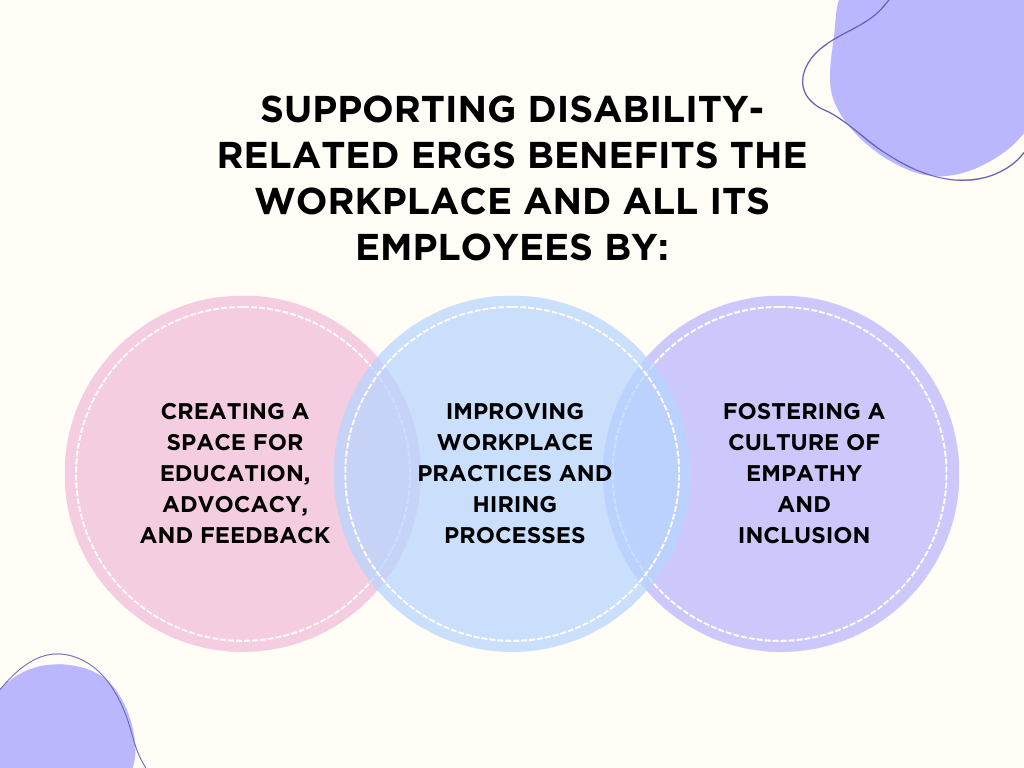
Supporting disability-related ERGs benefits the workplace and all its employees by:
By harnessing the collective power of an ERG, organizations can advance disability rights and inclusion, creating an inclusive environment that goes beyond a legal obligation.
Through awareness of disability rights and resources that support the integration of employees with disabilities in the workplace, companies can support Disability Pride and make meaningful changes.
Ultimately, embracing diversity and providing equal opportunities benefits employees and the organization and contributes to creating a more compassionate society.
Content Writer at Shortlister
Browse our curated list of vendors to find the best solution for your needs.
Subscribe to our newsletter for the latest trends, expert tips, and workplace insights!

What does “doing the right thing” mean in the business context? How can businesses commit to doing the right thing across all their operations and drive sustainable growth?
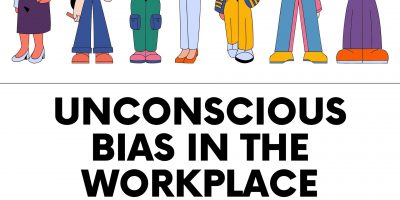
To what extent are the organizational culture and business outcomes affected by unconscious bias? What is unconscious bias in the workplace, and what can be done about it?
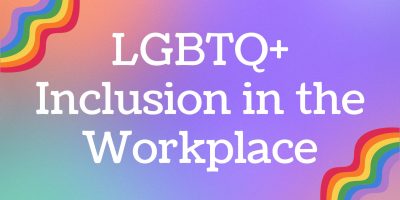
Creating a safe and inclusive society is impossible when the workplace does not reflect that. Thus, corporate America has some catching up to do when it comes to LGBTQ+ inclusion in the workplace.
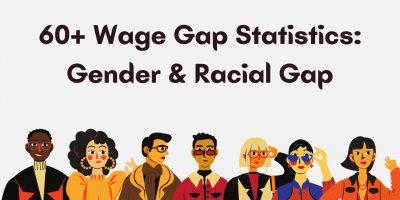
Uncover wage gap statistics, highlighting the persistent inequality faced by minority workers and women, emphasizing the urgent need for transformative change in the workforce.
Used by most of the top employee benefits consultants in the US, Shortlister is where you can find, research and select HR and benefits vendors for your clients.
Shortlister helps you reach your ideal prospects. Claim your free account to control your message and receive employer, consultant and health plan leads.